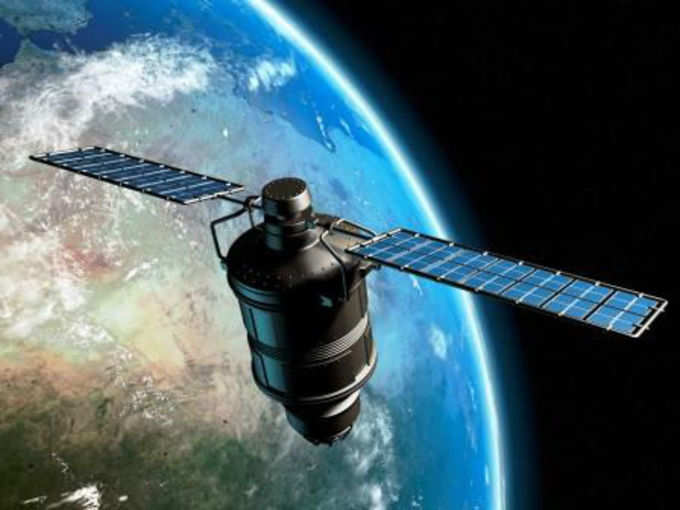
It’s a cliché when we say that
India and
China have been two unique political-socio-economic-cultural experiments in human history. It’s quite obvious, after all – never before such large populations have been under the sovereign rule and governed by political systems that are poles apart. And never before two nations with such massive socio-cultural diversity (especially India) have lived in such extreme economic disparity and still remained stable. To that quartet of politics, economics, society and culture, we can now add one more context – science & technology. Interestingly, both of them have created and deployed homegrown technologies to capture the final frontier – the space.
China took off back in 2003 while 2013 might be looked upon as the turning point when we truly pitched a tent in space. It doesn’t take
rocket science to imagine that barring a catastrophe on the lines of Hollywood action disasters, rockets will eventually lead to the biggest industry ever for the mankind. China has already leaped ahead of
Japan and Europe by sending many humans into the space while India, with
Chandrayaan 1 in 2008 and the recent
Mangalyaan (
Mars Orbiter Mission), has carved its own lane in the race to capture the
global space market.
The
space market consists of two major product/service categories –
communication satellites and
non-communication satellites. Communication satellites usually weigh around 4,000-5,000 kg and currently, India does not possess any
space launch vehicle (aka ‘rocket’) to put modern-day communication satellites into
orbit. Non-communication satellites include earth observation, weather, navigation and research satellites. And here’s where India already has assets for big returns.
India currently has two broad classes of launch vehicles. One is the workhorse called
Polar Satellite Launch Vehicle (
PSLV), with many proven variants, and the other is the much-touted future giant called
Geo-synchronous Satellite Launch Vehicle (
GSLV), with only one proven variant. Besides Chandrayaan 1 and Mars Orbiter Mission, PSLV has also launched many of our earth observation and weather satellites, along with India’s first ever
navigation satellite (aka
GPS satellite, which is actually a name given to the bunch of the
US navigation satellites but has become ubiquitous) called
IRNSS 1A, in July 2013.
The PSLV launch score card reads 23 successful endeavours out of 25. And the maximum load PSLV has successfully put in the orbit is 1,850 kg. It has put 64
satellites in orbit till date – 29 of them are Indian and 35 foreign ones. But here’s the catch. None of the foreign satellite launches were exclusively commercial launches but just mini piggybacks, always along with a major
Indian satellite. The total mass of all foreign satellites launched by India till date is less than what a single PSLV launch can achieve.
Thus, in spite of having the space warhorses born and brought up in our own backyard and ready to scoop out a huge chunk of the space market pie, they’ll turn grey without running many a race, courtesy the stale socialist mindset on which the Indian polity still feeds. But can we really be the tiger in the space Olympics? Check this. India launched its
Mars mission within 15 months of the government’s approval in August 2012. And that, too, when the initial feasibility study had designated GSLV as the launch vehicle.
When GSLV was rejected due to technical snags appearing in two successive launches in 2010, PSLV was quickly cleared and made ready to fire within 15 months, along with developing all
scientific instruments on MOM and the upgradation of ground-based facilities. Hence, we don’t even need a predator’s eyesight for the hunt as the ground is swarming with potential targets.
The
global space economy, including
satellite industry revenues and
government budgets, stood at $304 billion in 2012. The
satellite industry includes
satellite services,
satellite manufacturing & launch, and ground equipment. Out of these, satellite services largely depend on the state of
TV,
radio,
broadband and
mobile communication services,
transponder agreements and other managed services for the home country or others. India mostly leverages its
satellite base for domestic usage and rarely rents it for
foreign commercial use.
But where we have already lost ground is
satellite manufacturing and launch which grew 23% to $14.6 billion and 35% to $6.5 billion, respectively, in 2012 alone. We still can’t launch communications satellites although China has already launched five for other nations. A total of 951 satellites in the earth observation, navigation and weather categories, all in PSLV’s range, are planned to be launched by various governments and private entities during 2009-2018, as per the consultancy firm
Euroconsult’s report in 2009. Five years have elapsed since and with average satellite costs at $99 million and average launch price at $51 million in the previous decade, the lost opportunity costs are mindboggling.
So the task is cut out for the future central government. First, it must control the mushrooming of scams like the
Antrix-Devas deal – one which tarnished India’s image as a
major space industry player even before it became one. Second, it must unleash the power of India’s private space industry comprising both manufacturing and services players.
